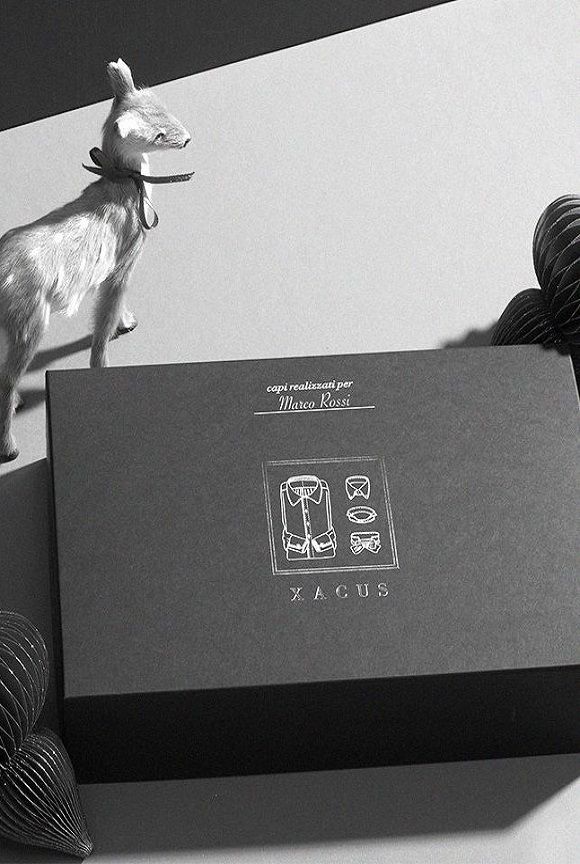If you haven’t already looked at the first part of the history of the shirt, dedicated to the Baroque and Rococo periods, see it here and find out how it all began.
From the latter half of the 18th century, the shirt, with its wealth of decorations and highlighted by other items of clothing, took more of a back seat, taking on the proportions of a garment that is merely hinted at.
The trend was inverted: the glitzy abundance of before was toned down, making way for a more classic style. The waistcoat was now fastened over the chest and cuffs were reduced to small flounces.
After the second part of the 18th century, the abit à la francaise, was only worn on important ceremonial occasions.
New canons came into being and began to dictate the rules of fashion. This time, it was the turn of England, which introduced the tailcoat and the riding coat.
The result was a change in what was required of clothing, which had to become more comfortable, even if still in elegant fabrics and colours, as well as enhanced by a frivolous, affected style.
In that period, fashion trends began to spread more rapidly and easily, thanks to the circulation of specialist journals in the large cities of France and Italy.
Shirts saw the addition of small ruches (inserts in gathered fabric) to the sides of the button fastening in the centre, and minute wing collars standing out due to the abundant cravats.
As can be seen in Il Giornale delle nuove mode di Francia e Inghilterra, shirts were decorated by cuffs and an abundance of ruffles.
The predominant style was the Anglo-Allemand, with its simpler, irregular and refined features.
The 1700s ended with a radical transformation of men’s clothing, reflected by the middle classes of the time, where the shirt was completely pleated to the neck, which was then wrapped in a white handkerchief.
Looking over these two centuries of history, what stands out is the substantial transformations of the shirt and the suit overall, transformations that have brought us to the shirts we wear today.

